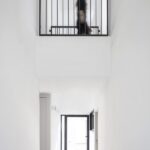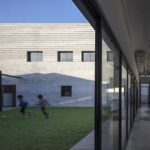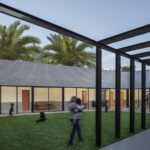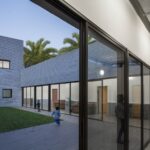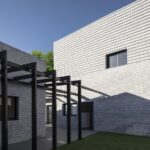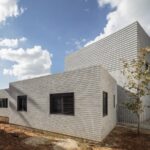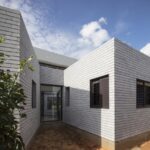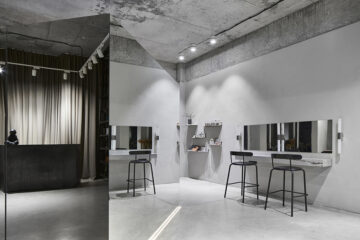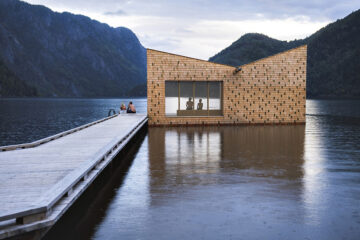Empowering Spaces: Shelter for Victims of Domestic Violence
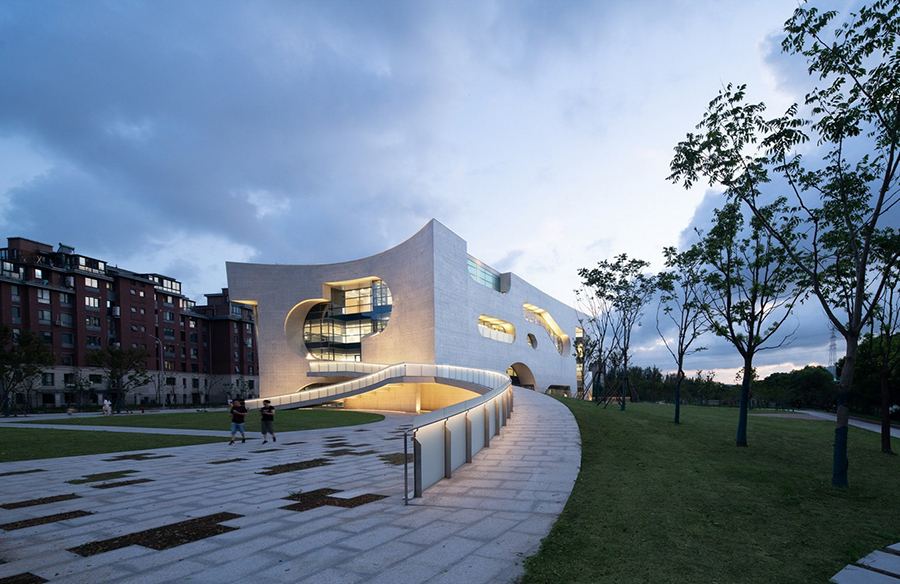
Collaborative Design Approach
The Shelter for Victims of Domestic Violence, a collaboration between Amos Goldreich Architecture and Jacobs Yaniv Architects, stands as a beacon of hope and refuge for distressed women and children. Uniquely, this shelter was designed and built in consultation with the staff who will operate it, under the guidance of human rights activist Ruth Rasnic from the international charity ‘No To Violence’. Situated in Israel, this facility addresses the pressing need for a safe haven for individuals from diverse backgrounds grappling with domestic abuse.
Addressing a Global Epidemic
Statistics from the World Health Organisation reveal a grim reality: up to 45% of women in Israel, akin to many countries worldwide, experience domestic violence at some point in their lives. Shockingly, recent data indicates that 45% of children in Israel are also subjected to violence. This alarming trend underscores the urgent need for comprehensive support systems and safe shelters for victims of domestic abuse.
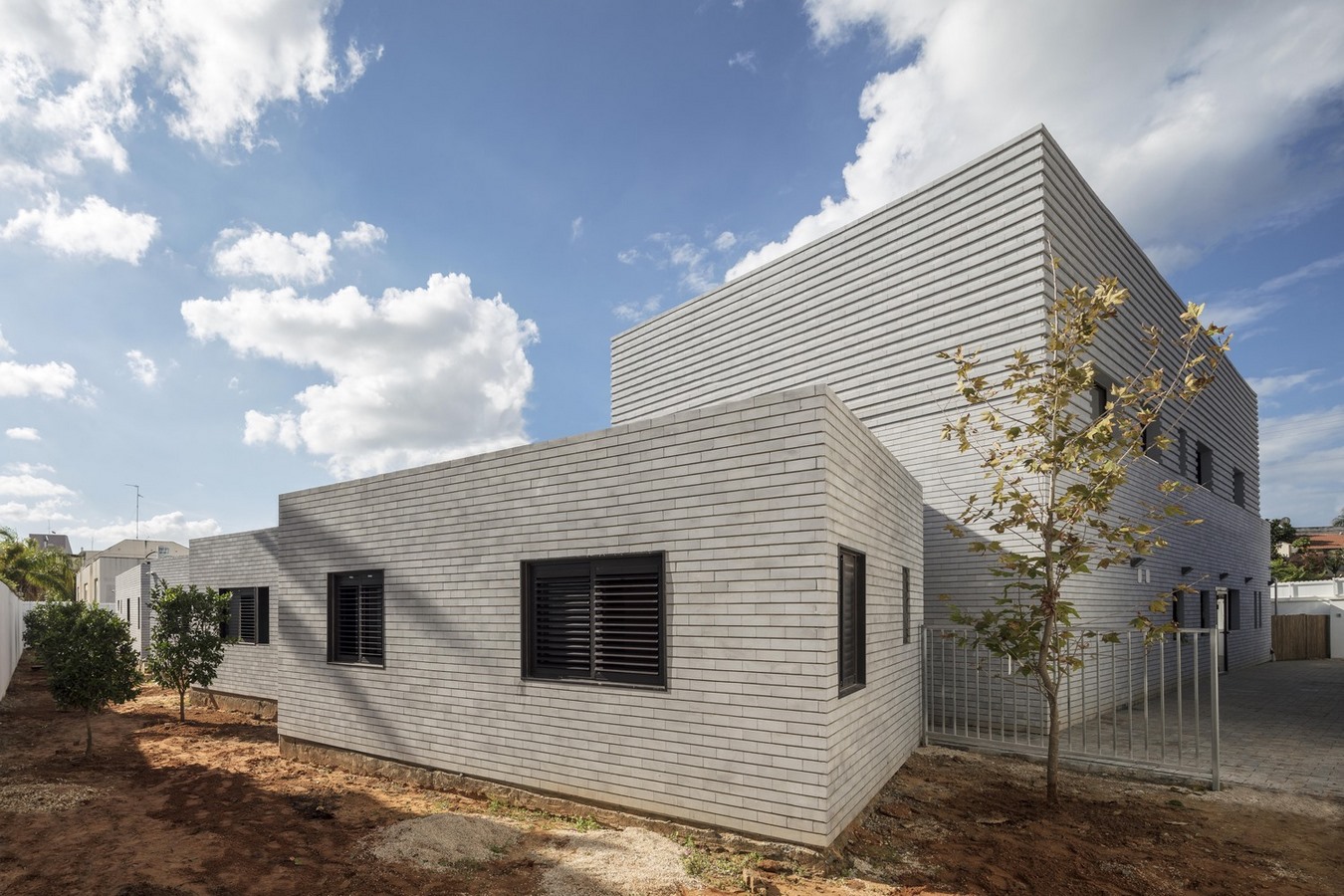
Conceptual Design Inspired by Eduardo Chillida
Drawing inspiration from artist Eduardo Chillida’s project ‘Okamoto’, which envisioned hollowing out a mountain, the architects devised a conceptual framework for the shelter. They conceived the building as having two facades: a protective exterior symbolizing security, and an inner facade opening onto a therapeutic central garden. This design metaphor reflects the duality of the shelter’s purpose – providing safety and fostering healing for its inhabitants.
Holistic Living Environment
Upon arrival at the shelter, each family is allocated a private ‘house’ within the larger complex. These individual living quarters are strategically separated from communal areas to facilitate a sense of normalcy and routine for residents. The shelter features a diverse array of facilities, including communal spaces, a kindergarten, computer rooms, and laundry facilities. Additionally, it offers independent living quarters, staff accommodations, and office spaces for various professionals and volunteers, ensuring comprehensive support services for residents.

The Importance of Inner Courtyard
Central to the shelter’s design is the serene inner courtyard, serving as a communal meeting space and facilitating visual connections between residents and staff. The surrounding internal corridor promotes interaction among residents while maintaining a sense of security. This design fosters a supportive environment where women and children can interact freely, enhancing their sense of safety and empowerment.
Conclusion
The Shelter for Victims of Domestic Violence embodies a collaborative and compassionate approach to architectural design. By prioritizing the needs and perspectives of its future occupants, the shelter offers more than just physical refuge; it provides a nurturing environment for healing and empowerment. As a testament to the power of design in addressing social challenges, this shelter stands as a testament to humanity’s collective commitment to ending domestic violence and supporting survivors on their journey to recovery.




